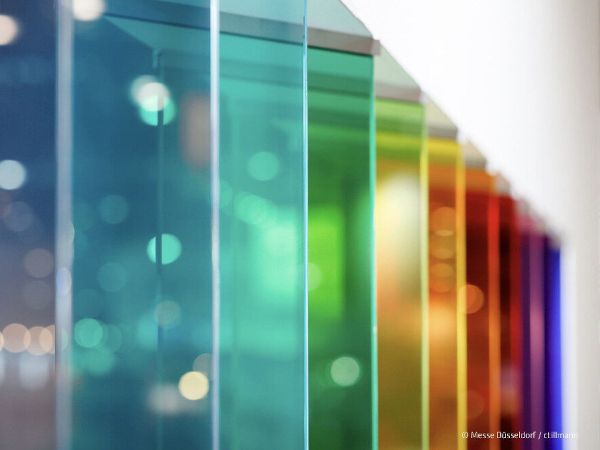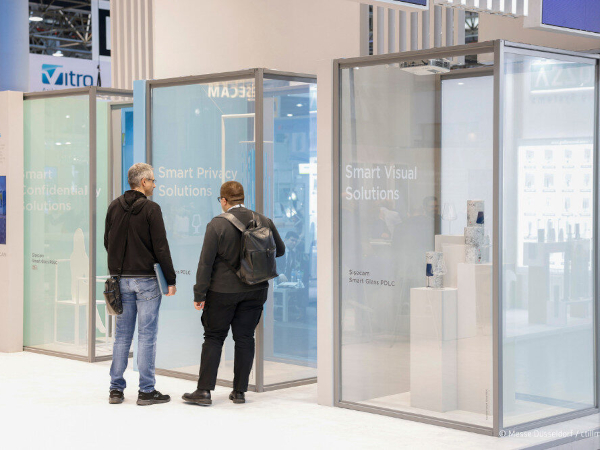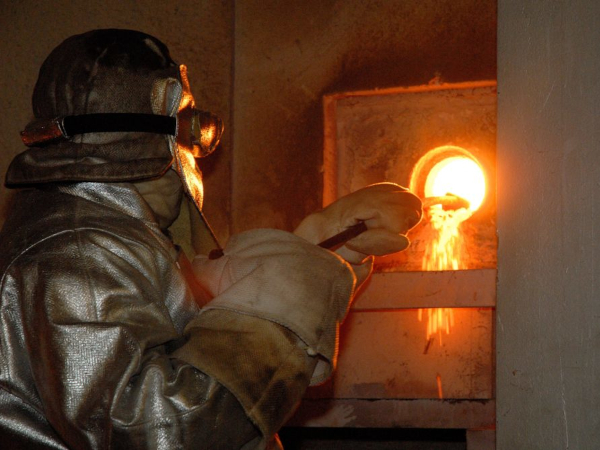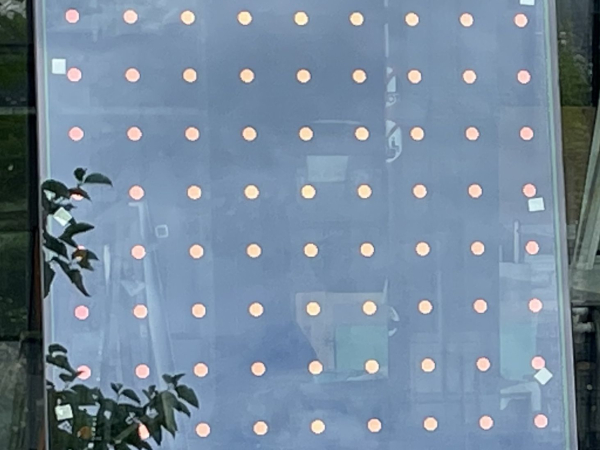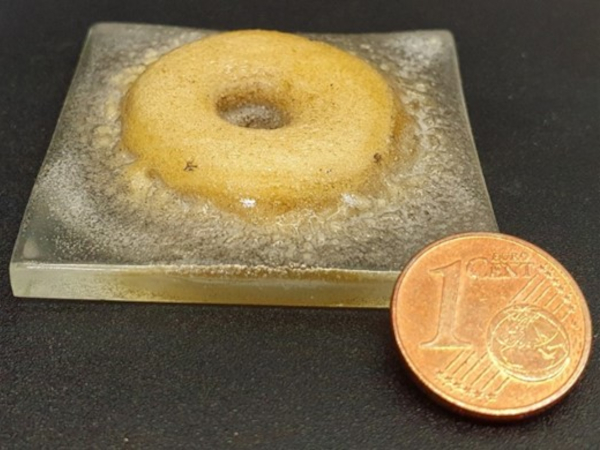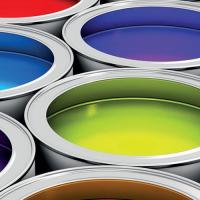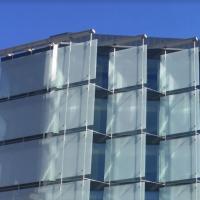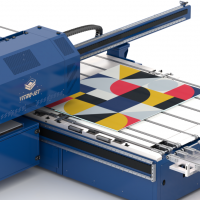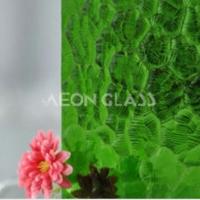New technologies are changing glass printing: shorter delivery periods, smaller batch sizes, more design freedom – and new requirements made on data and calculation. In this interview Matthias Schieber, Digital Transformation Manager at Marabu GmbH & Co. KG and speaker at glasstec 2024, outlines how to make transition a success and the role of organic pigments play in this.
At glasstec 2024 you talked about technology changes in glass printing. What does this “new digital normality” mean for the industry in concrete terms?
Matthias Schieber: New technologies are setting new standards. In particular, digital printing technology has altered the glass decorators’ market environment with the first companies adapting this technology. Now, even product designers are tapping into the new possibilities of this technology to create innovative designs.
Beyond this, new competitors are also entering the market with the advent of changes; or the value chain is changing since digital printing does not necessarily require any traditional printing expertise.
Unlike ceramic glass inks, inks with organic pigments do not need firing. This saves energy.
How does this change the requirements made on manufacturers and production processes?
Matthias Schieber: Today, manufacturers have to be prepared to respond to complex design requests fast, inexpensively and with short delivery periods as well as shrinking batch sizes. After all, the fewer identical bottles or glasses the shorter the print run for each design, version and different motif.
I have learnt that success does not just come from investing in a new technology. To achieve 360° technology integration and the associated objectives also means questioning existing processes and calculation models in a company.
Where do you currently see the greatest opportunities and the greatest challenges for the industry?
Matthias Schieber: In particular, product packaging made of glass continues to pose major challenges for reconciling sustainability with appealing, creative designs. The opportunity for companies to meet these market requirements lies with new production and decoration processes such as organic-pigment based digital printing.
To see how digitalisation and AI are increasingly driving the transformation in other sectors of the glass industry, click here.

